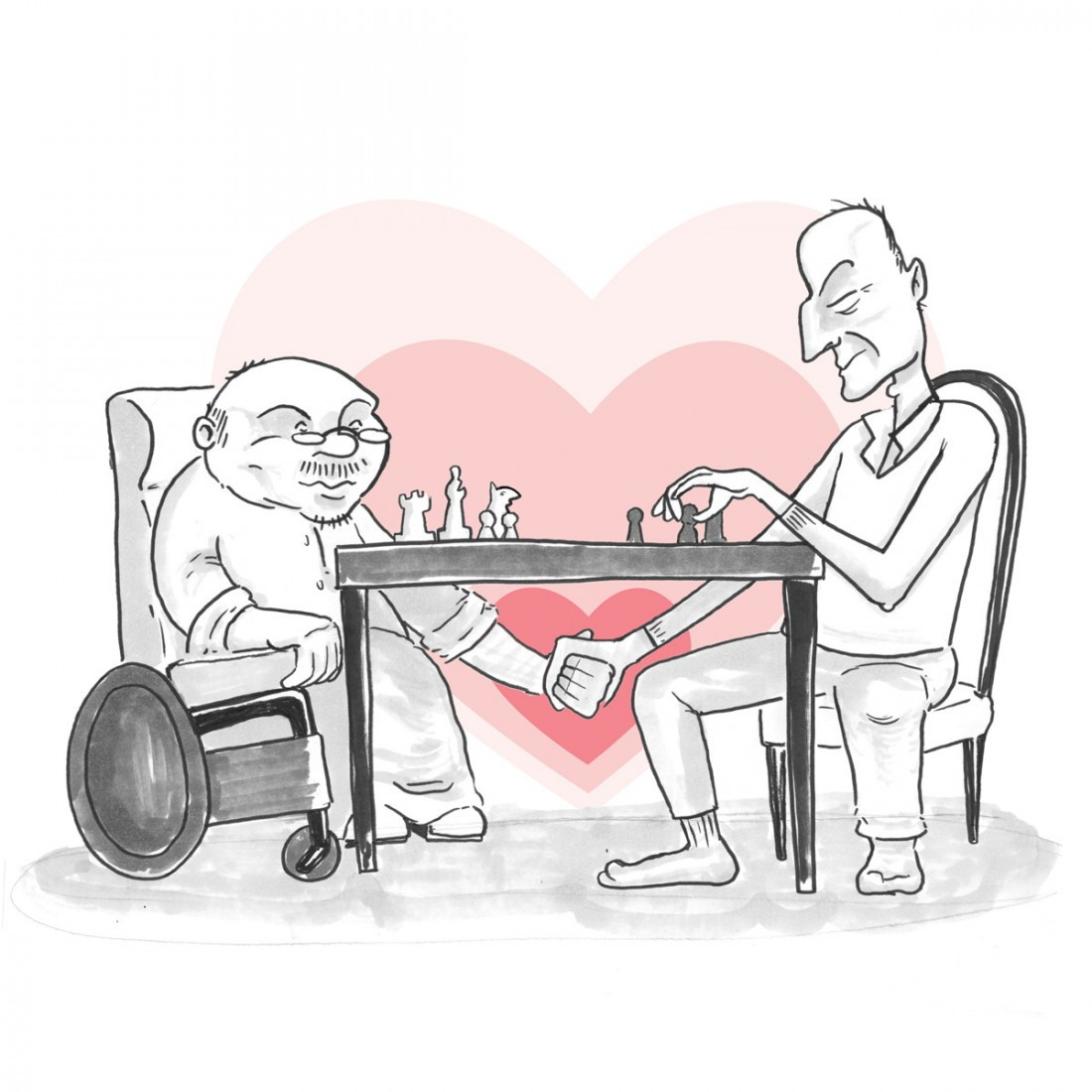Safe at home
Winnipeg’s nursing homes fail to accommodate LGBT seniors
Nursing homes are an important resource that can easily be taken for granted. It’s comforting to know that when old age makes it challenging for us to live independently, care homes can provide safe assisted living.
But for many LGBT seniors in Winnipeg, care homes aren’t the safe spaces they need to be.
Sarah Dack is a counsellor at the Rainbow Resource Centre (RRC) and is part of the 55+ Positive Space Initiative (PSI), a volunteer committee mandated “to support the capacity of senior centres, seniors’ homes, home care and other seniors’ services to provide safety and inclusion” for LGBT Winnipeggers over the age of 55.
RRC and the Winnipeg Regional Health Authority distributed a survey in May 2013 investigating LGBT awareness in Winnipeg’s seniors’ homes. Dack says the results weren’t good.
“What we found is that there is a huge need for awareness training at all levels, in many different types of senior-serving organizations,” Dack explains.
The survey was developed using the City of Toronto’s Long-Term Care LGBT Toolkit, a document the City of Toronto has been using since 2004 to make its seniors’ homes LGBT-positive spaces.
Currently, all 10 of Toronto’s city-run homes adhere to the LGBT Toolkit. According to RRC’s survey, no homes in Winnipeg do. This lack of accommodating housing forces many openly-LGBT people back into the closet.
Carlos Herrera, the administrator of True Davidson Acres, an LGBT-positive seniors’ home in Toronto, says creating accommodating care homes starts with facilitating an accepting and respectful environment.
“In order for a home to be LGBT-positive, you need to see it, you need to hear it, and you need to feel it,” Herrera says. “In all our homes, you’ll see a pink triangle at the entrance. You’ll find a rainbow flag there, too. When people enter the home, they see they’re entering a positive space.”
By “hear it”, Herrera means having staff and volunteers using appropriate terminology and being trained in all aspects of the LGBT community and understanding definitions of gay, lesbian, transgender, homophobia, and transphobia.
“We don’t assume heterosexuality as the norm,” Herrera says. “For example, if we have a lesbian couple, we call them ‘your spouse’ or ‘your wife’ or whichever they prefer. We’re respectful of that.”
Herrera says the “feeling it” aspect lies in creating programs and services geared towards the LGBT community. The home’s resource centre gives its residents access to books, media and events that represent LGBT perspectives. Once a month Michelle DuBarry, a legendary 82-year-old drag queen, performs for the residents.
“We have a gay movie night. We have a Gay Straight Alliance with the seniors that works towards creating more programs and services for the residents,” Herrera adds.
The key to bringing LGBT-positivity to Winnipeg’s seniors’ homes lies with individuals, not administration, Herrera says.
“Toronto’s homes got a wakeup call,” he says. “An 85-year-old resident came out to his administrator and said, ‘I’m gay, what kind of progress are you going to make for me?’ That’s what got the ball rolling. You need those champions within the nursing homes, and partners in the community, to push the homes to become more accommodating.”
Go to www.rainbowresourcecentre.org/positivespace to learn more about Rainbow Resource Centre’s LGBTT Positive Space Initiative.
Published in Volume 69, Number 23 of The Uniter (March 4, 2015)







